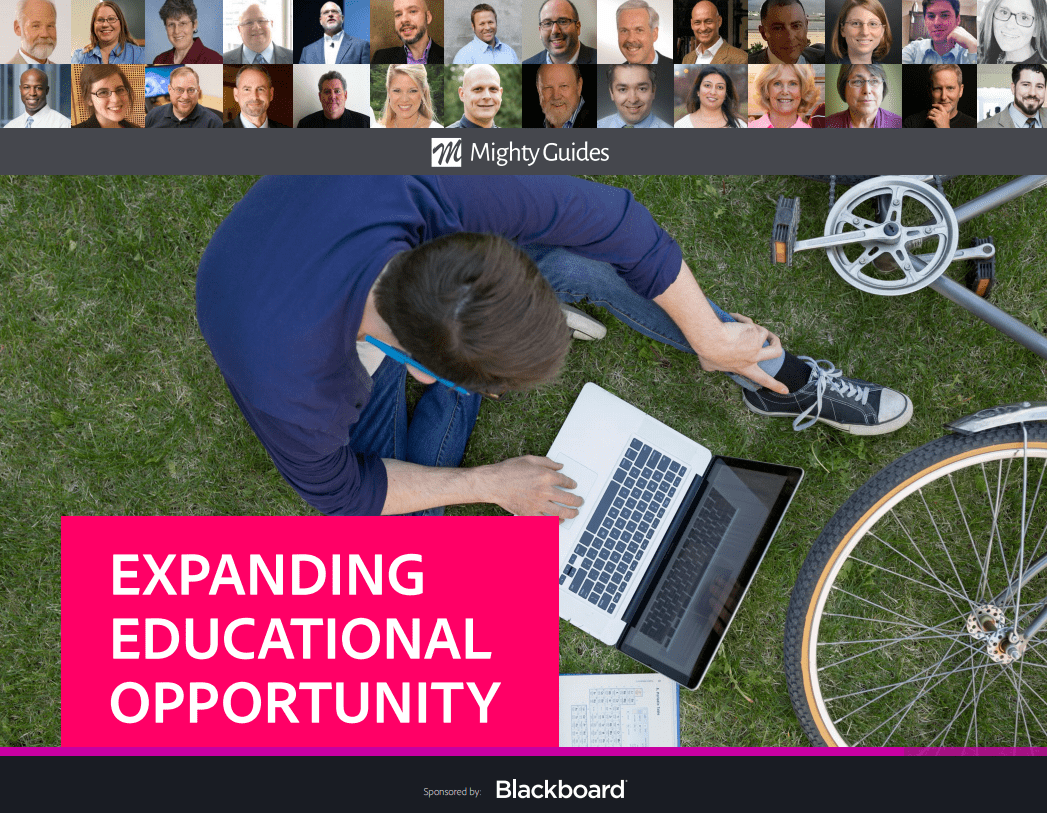
Korey Singleton, Manager, Assistive Technology Initiative, Compliance, Diversity and Ethics. Photo by Ron Aira/Creative Services/George Mason University
Well-Crafted Assistive Technology Often Delivers Benefits In Unexpected Ways
- Making tools available to as much of the student population as possible benefits those who may not typically seek help through AT programs.
- Broadly deploying AT can be an effective recruiting tool for students who may need additional help but do not always self-identify as having a disability.
“We essentially make sure that students with disabilities here at George Mason University have equivalent access to all the technology resources used at the school.”
Korey Singleton is an assistive technology (AT) specialist who has broad experience helping students with all levels of disability, especially those with visual impairments. From his post managing AT services at George Mason University in Washington, D.C., he has collaborated with interdisciplinary teams to provide specific solutions for students, staff, and faculty who need worksite modifications, classroom accommodations, and other technology solutions. Helping students with known disabilities can be rewarding, but Singleton has recently noticed that when made more widely available, some AT is being used by students who may not traditionally seek help but have need nonetheless.



